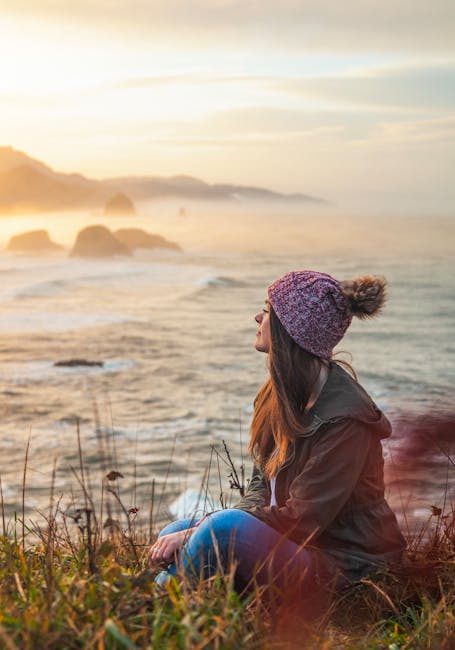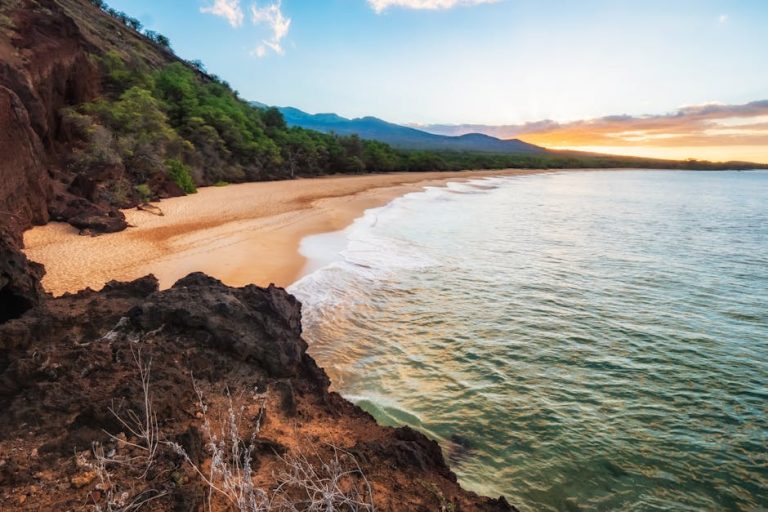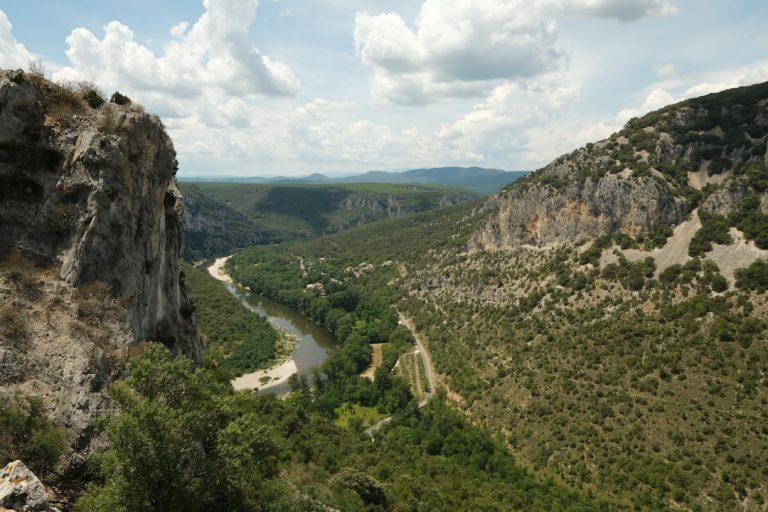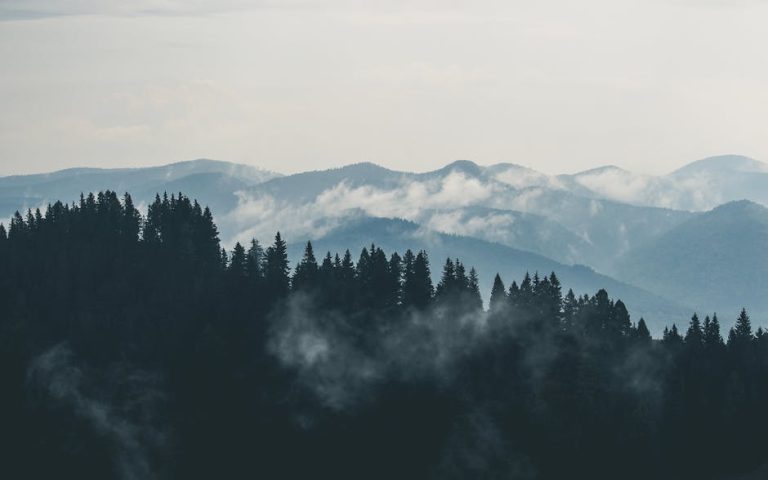Dreaming of standing above the clouds, gazing at stars like never before? A Mauna Kea summit tour in Hawaii might be just what you need! But before you pack your bags and head for the highest point in the Hawaiian Islands, let’s explore what these tours involve, what you can expect, and how to prepare for this incredible adventure.
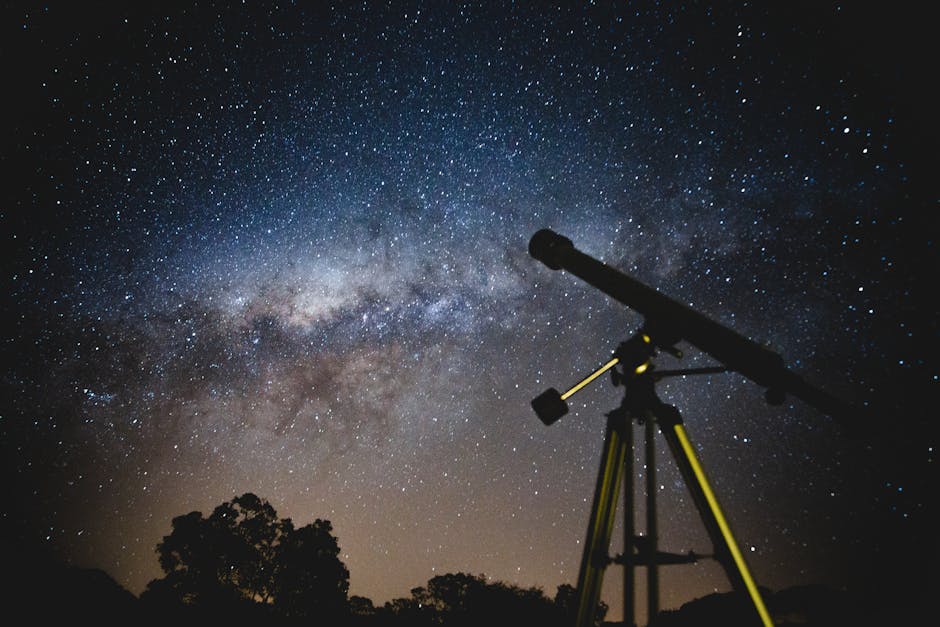
What is a Mauna Kea Summit Tour?
Mauna Kea, a dormant volcano on the Big Island of Hawaii, isn’t just any mountain. It’s home to some of the world’s most advanced astronomical observatories. A summit tour typically takes you on a guided journey to the top of this majestic peak, offering breathtaking views, stargazing opportunities, and a chance to learn about the science happening there.
These tours are usually offered by local companies and often include:
- Transportation from a meeting point (usually in or near Kona or Hilo).
- A stop at the Mauna Kea Visitor Information Station (VIS) for acclimatization.
- Dinner (often a picnic-style meal).
- A guided tour to the summit (weather permitting).
- Stargazing with telescopes after sunset.
The main highlight is seeing the sunset from the summit, which is truly spectacular. Afterwards, you’ll descend to a lower elevation for stargazing, where the dark skies offer unparalleled views of the cosmos.
Why Take a Mauna Kea Summit Tour?
There are many reasons why people choose to take a Mauna Kea summit tour:
- Unmatched Views: The summit offers panoramic views of the Big Island and the surrounding ocean. The sunsets are legendary, painting the sky with vibrant colors.
- Stargazing: Mauna Kea’s high altitude, dry atmosphere, and minimal light pollution make it one of the best places in the world for stargazing. You can see constellations, planets, and even the Milky Way with incredible clarity.
- Learning Experience: The tours are led by knowledgeable guides who can share fascinating information about the geology of Mauna Kea, its cultural significance, and the astronomical research being conducted there.
- Convenience: Driving to the summit yourself requires a 4-wheel drive vehicle and careful planning. A tour takes care of the transportation and logistics, allowing you to relax and enjoy the experience.
Is a Mauna Kea Summit Tour Right For You? Important Considerations
While a Mauna Kea summit tour sounds amazing (and it is!), it’s not for everyone. The high altitude can pose challenges, and it’s important to be aware of the potential risks. Here are some things to consider:
Altitude Sickness
The summit of Mauna Kea is at an elevation of 13,796 feet (4,205 meters). At this altitude, the air is thinner, and there’s less oxygen. This can lead to altitude sickness, which can cause symptoms like headache, nausea, dizziness, and shortness of breath. It’s essential to acclimatize at the Visitor Information Station (VIS) for at least an hour before ascending to the summit. Tour operators usually build this into their schedules.
People with pre-existing medical conditions, such as heart or respiratory problems, should consult their doctor before taking a Mauna Kea summit tour. Pregnant women and children under the age of 13 are generally not allowed on summit tours due to the altitude.
Weather Conditions
The weather on Mauna Kea can be unpredictable and change rapidly. It can be cold, even in summer. Temperatures at the summit can be below freezing, and strong winds are common. Dress in layers and bring warm clothing, including a hat, gloves, and a jacket. Tour operators usually provide parkas, but it’s still a good idea to be prepared.
Road Conditions
The road to the summit is partially unpaved and requires a 4-wheel drive vehicle. While tour operators use appropriate vehicles, the ride can be bumpy. Be prepared for a somewhat uncomfortable journey.
Respect for the Environment and Culture
Mauna Kea is a sacred place for Native Hawaiians. It’s important to be respectful of the environment and the cultural significance of the mountain. Stay on designated trails, avoid making loud noises, and don’t litter. Some areas may be restricted for cultural or scientific reasons, so follow the instructions of your tour guide.
How to Prepare for Your Mauna Kea Summit Tour
Proper preparation can make your Mauna Kea summit tour a much more enjoyable experience. Here are some tips:
- Consult Your Doctor: If you have any health concerns, talk to your doctor before booking a tour.
- Book in Advance: Mauna Kea summit tours are popular, so it’s a good idea to book well in advance, especially during peak season.
- Dress Warmly: As mentioned earlier, the summit can be very cold. Dress in layers and bring warm clothing.
- Stay Hydrated: Drink plenty of water in the days leading up to your tour, and bring a water bottle with you.
- Avoid Alcohol and Caffeine: These can dehydrate you and worsen the effects of altitude sickness.
- Eat a Light Meal: Avoid heavy, greasy foods before the tour. A light meal will help you feel more comfortable.
- Acclimatize at the VIS: Spend at least an hour at the Visitor Information Station to acclimatize to the altitude.
- Listen to Your Guide: Your guide is there to help you and ensure your safety. Follow their instructions and ask questions if you have any concerns.
Alternatives to a Full Summit Tour
If a full summit tour isn’t right for you, there are other ways to experience Mauna Kea. You can visit the Visitor Information Station, which offers exhibits, educational programs, and stargazing opportunities. You can also drive partway up the mountain and enjoy the views from a lower elevation. However, keep in mind that you’ll still need a 4-wheel drive vehicle to drive beyond the VIS.
Frequently Asked Questions (FAQ)
What is the best time of year to take a Mauna Kea summit tour?
The weather on Mauna Kea can be unpredictable year-round. However, the summer months (May-September) tend to have slightly more stable weather. Keep in mind that even in summer, it can be cold at the summit.
Are there restrooms available on the summit?
Yes, there are restrooms available at the summit observatories. However, they may not always be open to the public. Your tour guide will be able to provide you with information about restroom availability.
Can I take pictures at the summit?
Yes, you can take pictures at the summit, but be mindful of the sensitive equipment at the observatories. Avoid using flash photography, as it can interfere with astronomical observations.
What if I start feeling sick at the summit?
If you start feeling sick at the summit, tell your tour guide immediately. They can help you assess your symptoms and determine whether you need to descend to a lower elevation.
What happens if the summit is closed due to weather?
If the summit is closed due to weather conditions, your tour operator will usually offer an alternative activity, such as stargazing at a lower elevation or a visit to a local attraction. You may also be able to reschedule your tour for another day.
A Mauna Kea summit tour is an unforgettable experience. By understanding the challenges and preparing accordingly, you can make the most of your visit and create memories that will last a lifetime. Remember to respect the mountain, its environment, and its cultural significance, and you’re sure to have an amazing adventure!


